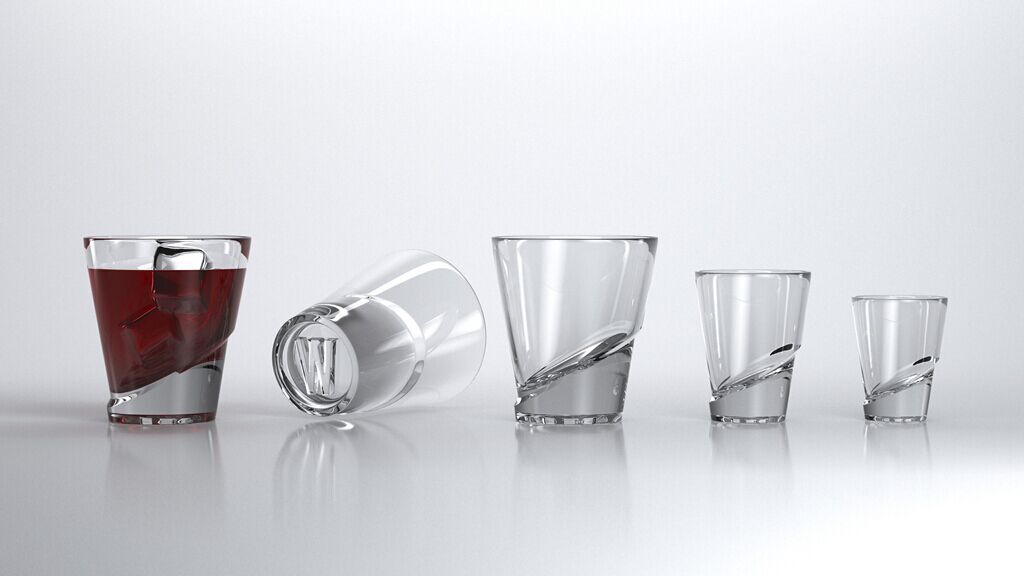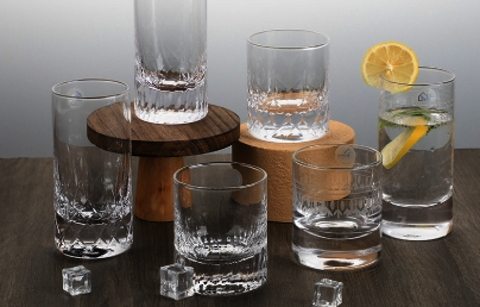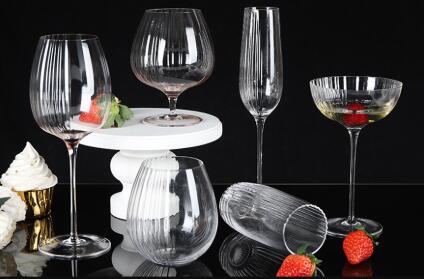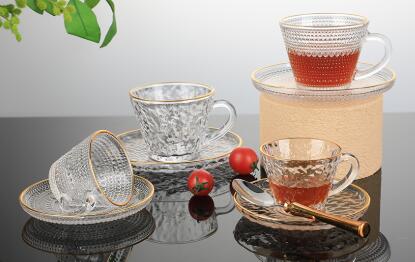What are the difference between pressed glass and blowing glass
Pulished on Aug. 14, 2019Glass is made from quartz sand, soda ash, feldspar and limestone by mixing, melting at high temperature, homogenizing, processing and annealing. Do you want to know the difference between machine pressed and machine blowing.

Pressed glass, general speaking,is the glass forming machine, equipped with dies and punches. The glass liquid is put into the mould and punched by the punch using the plasticity of the glass liquid. Hydraulic moulding of glass is required for moulding. The glass made by this moulding process is pressed by machine. Glass blowing machine, the main equipment is bottle making machine or cup blowing machine. It also uses the plasticity of glass liquid to blow glass liquid into shape by high pressure gas.
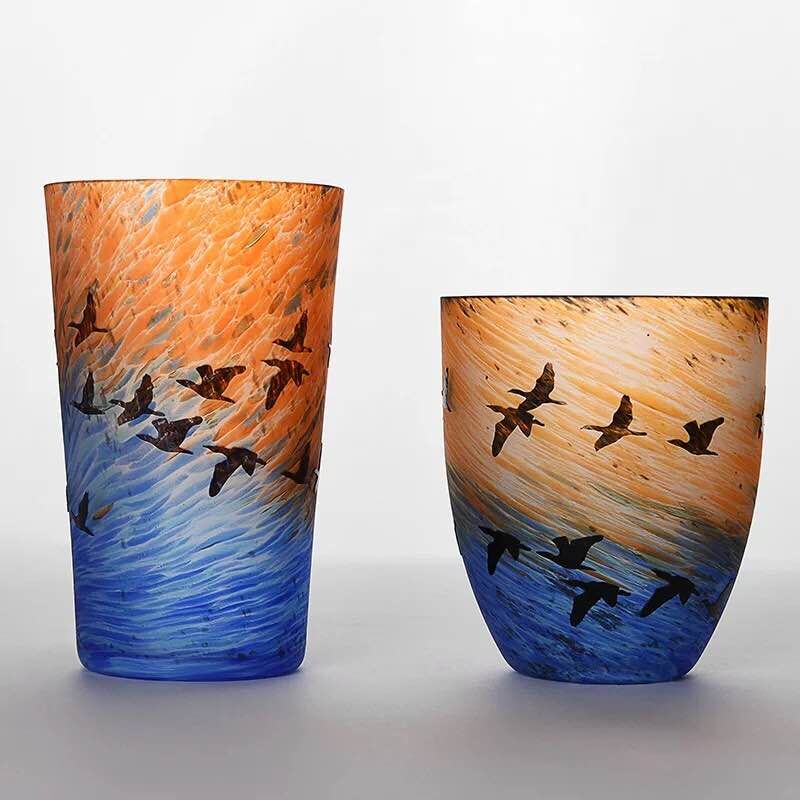
For the glass cup(not include goblet), It can be distinguished by the seam and the thickness of the cup wall. Machine pressed cups usually have no seams and thin walls. Most of them have slight bubbles and streamlines, with slight discrepancies in specifications However, machine blowing cup wall is thicker, some have seam lines, less bubbles and streamlines, the size is the same.
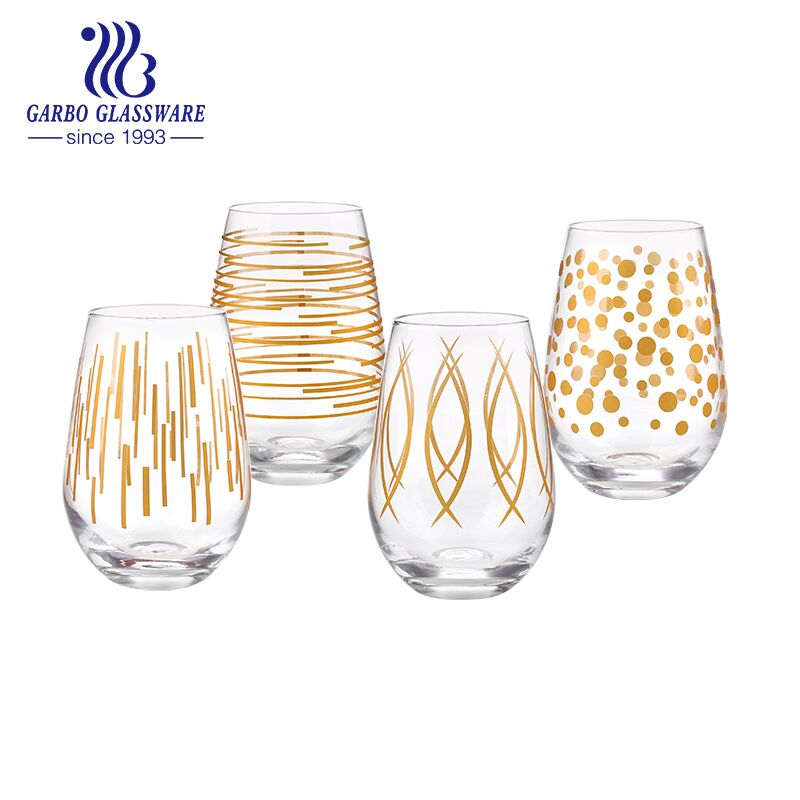
But, if the item is goblet, it will have machine blowing and handmade blowing. Machine made goblets are thick and strong, and the cup shape is smaller. They look thicker and thicker. The hand-blown cup is thin, thin and has many shapes. It looks more delicate. Of course, there may be bubbles and streamlines.
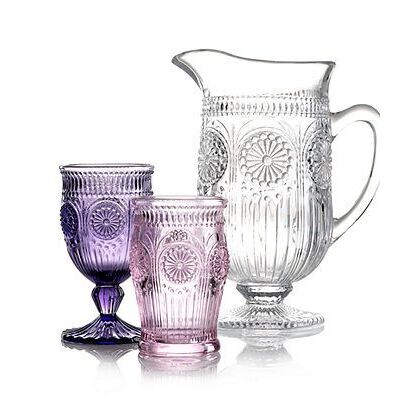
They are several steps to produce the glass, which is for your reference.

1.The powder and clinker compounded according to glass composition will be melted in crucible kiln, tank kiln (or glass melting kiln).
2.After melting, the raw material is clarified into uniform glass liquid without bubbles, stones and stripes.
3.3. To cool the liquid glass to the range of viscosity required by the corresponding glass forming method.
4. The next step is to carry out the shaping operation of various glassware, such as manual blowing, pressing and shaking, and also to carry out the gloss loss treatment of the surface. The commonly used methods are sandblasting, acid etching and glazing, etc. After polishing and carving, all kinds of glassware are made
